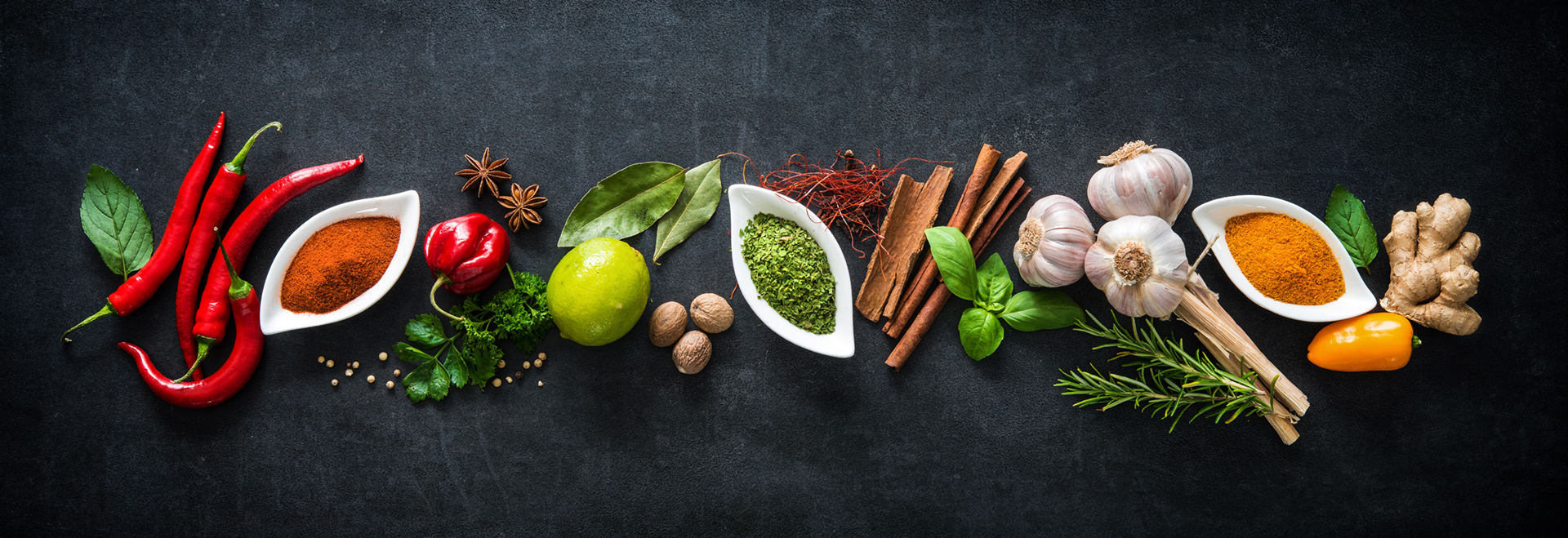Persian liquorice extract from Barentz Middle East
Liquorice is, together with saffron, the leading herb in terms of export and world market share. Liquorice is a popular sweetener found in food products, snacks and herbal medicines. The liquorice plant has a long history of use in both Eastern and Western cultures. The best tasting varieties of liquorice grow in Iran because of its soil composition and climate.
Barentz own liquorice product offer
Barentz Middle East can provide reliably high quality liquorice extract in forms of powder, block, granule and paste. We have strict QC systems in place and full batch traceability. Our suppliers only use organic, semi-wild roots that are grown organically without any fertilizers or pesticides. We only use natural extraction methods, which may be time intensive, but use water and steam and not chemical solvents or additives. Our suppliers stand out in this market because of their superior expertise in the production of a consistent flavor profile.
Harvesting techniques
The harvesting of the liquorice root is done in the autumn of its 3rd or 4th year of growth from the mother root. The mother root can be up to 500 years old and as thick as a tree trunk. Most of the plant is below the earth. Harvesting techniques are handed down the generations of farmers, who take care to preserve the mother root.
In Iran, liquorice is a traditional semi-wild organic culture. In China, Central Asia and the Levant liquorice is industrially cultivated.
Processing of the fresh root
Once the roots are harvested they are transported to warehouses for sorting and drying. The dried roots are crushed by millstones and the pulp is heated by steam and water to make the extract. The fresh root contains about 20% of water-soluble extractives. After removal of the solids and impurities by filtration, the extract is dried to a dark paste, which is cast into blocks or spray dried to a powder or granule.
Application areas
The tobacco industry is the main user of liquorice extract and the confectionery industry the second largest, followed by the pharmaceutical industry. Even breweries can use liquorice root extract and glycyrrhizin to provide good surfactant (foaming) properties.
Facts about the liquorice plant
The annual production of liquorice is about 7000 metric tons of which about 95 % is exported. There are about 14 species of liquorice known, although most commercial liquorice is extracted from Glycyrrhiza glabra. The name comes from the ancient Greek word for ‘sweet root’: glykos (sweet) + rhiza (root). The sweet taste of the root comes from the substance glycyrrhizin, which is about 50 times sweeter than refined sugar and is considered to be the primary active ingredient.



